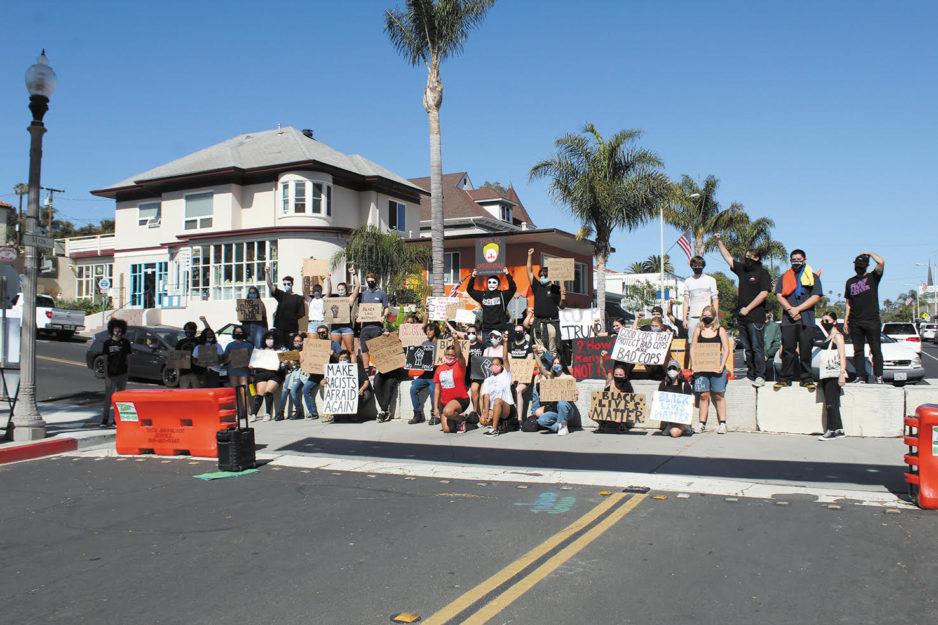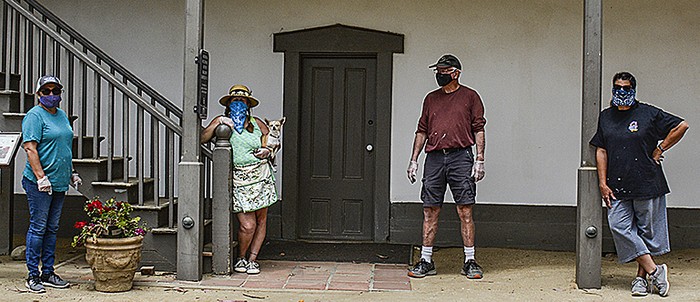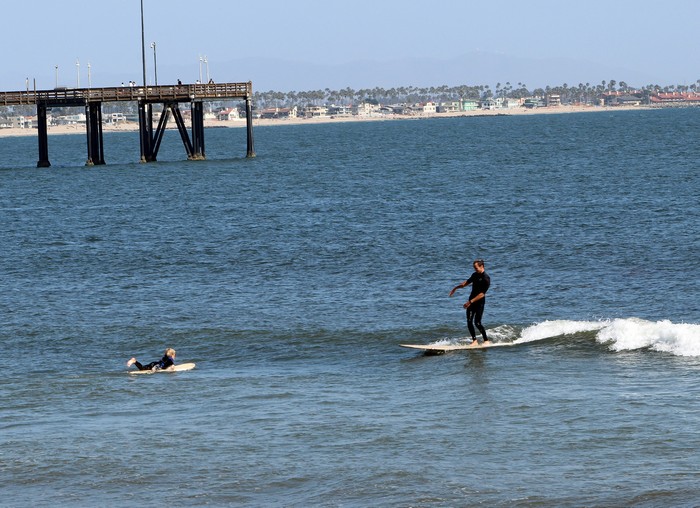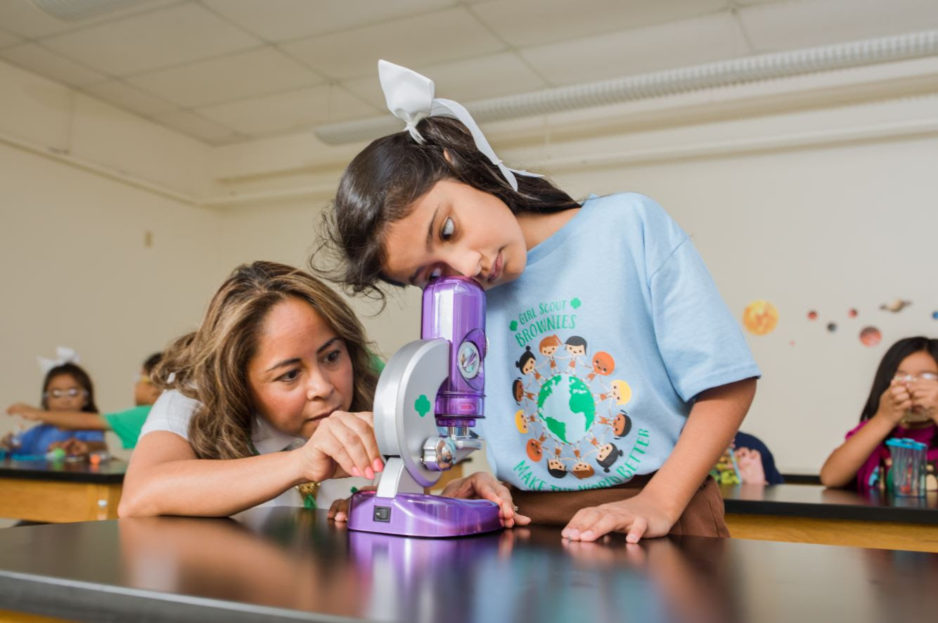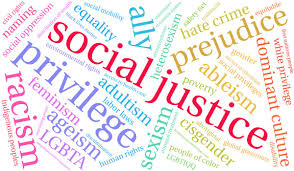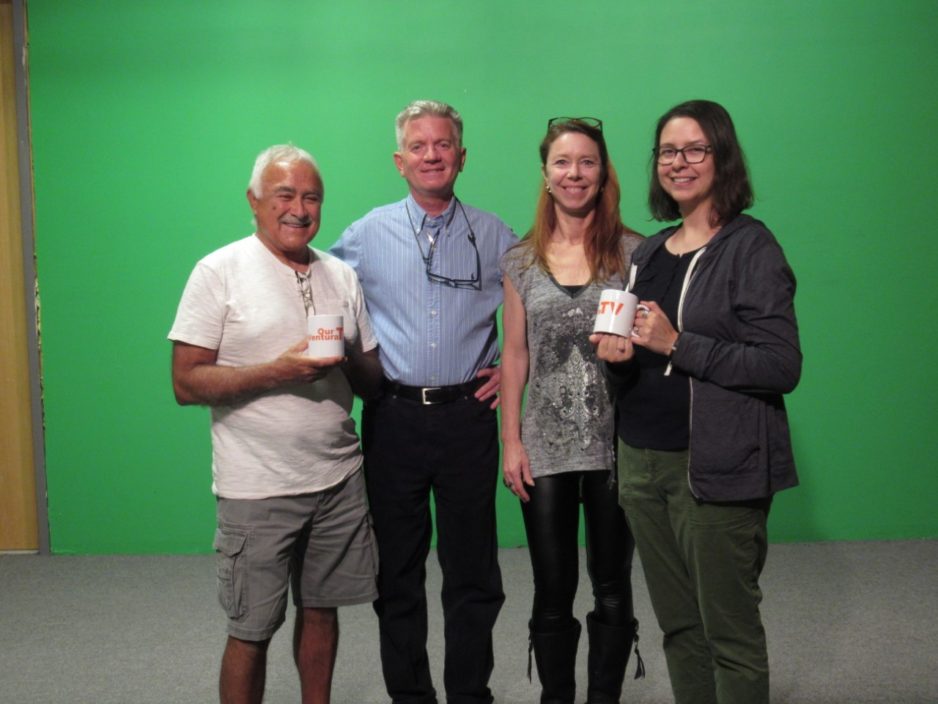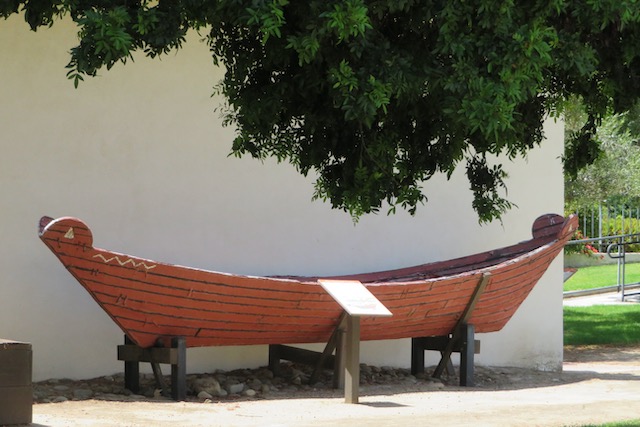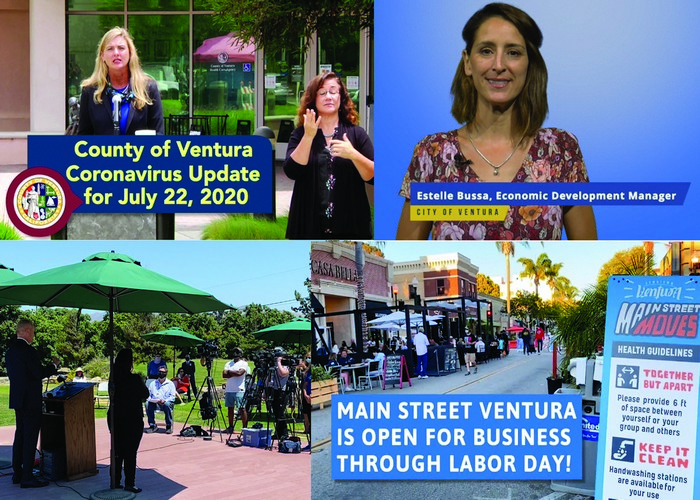by M. Scott
23andMe Paper on Transatlantic Slave Trade Published
Published in The American Journal of Human Genetics, a paper by 23andMe researchers leveraged genetic data from close to 50,000 people to detail one of the most comprehensive investigations of the transatlantic slave trade ever done.
The study confirms genetic links between regions in the Americas with areas along the Atlantic coast of Africa that align with routes of known slave voyages documented in shipping records.
The researchers were able to date the arrival of specific African populations to different parts of the Americas and the representation of specific African communities in those regions of America.
“Last year marked 400 years since the arrival of the first enslaved Africans in what was to become the United States of America,” said lead author Steven Micheletti, Ph.D., and a 23andMe population geneticist.
“It’s important that we understand the rich history and contributions of African people and their descendants, to the culture and history not only of the United States but also to all the Americas. In looking at the genetic landscape that resulted from this forced migration, one gets a deep and profound sense of the continuous hardships people of African descent have endured.”
https://blog.23andme.com/23andme-research/transatlantic-slave-trade-paper/
Virginia Mayor Urged to Resign
A Virginia mayor has been urged to resign after he allegedly wrote that “Joe Biden has just announced Aunt Jemima as his VP pick,” on his Facebook page. Barry Presgraves, the mayor of Luray, Virginia. The post came as presumptive Democratic nominee for the 2020 presidential election, Joe Biden, is reportedly finalizing his choice for his running mate, with several black women identified as contenders. In the post, Presgraves said “I posted a picture on 8-1-20, I am sorry if I hurt anyone’s feelings lesson learned. It was not my intent to hurt anyone. I took it to be humorous. Sorry!”
Black Cartoonist Loses Syndication
Bianca Xunise, the second Black woman in comics history to be nationally syndicated and the first Black woman in the collective used her July 28 contribution to broach the biggest issues of the day. She depicted two women at the grocery store: one is Black, wearing a mask and a shirt that says, “I can’t breathe,” while the one standing beside her is white with blue eyes and without a mask. She says to the Black woman, “If you can’t breathe, then take that silly mask off!”
Some newspaper readers who saw artist Bianca Xunise’s comic commenting on both the Black Lives Matter movement and the coronavirus pandemic found it so offensive that they complained. As a result, some of the more than 120 publications around the U.S. that carry Six Chix, the strip that Xunise co-authors, decided to drop it altogether.
“…Ok now to explain this comic because everyone has been getting it wrong. It’s easy to assume that the white woman talking to me is a racist, that may or may not be true but that is not the point. The point is how white people see issues that affect black peoples as trivial.”
Xunise said she doesn’t regret her art. “I am not apologizing for this comic and this censorship,” she told NBC. “I am being silenced over white feelings from a gag comic. This is a complete step back in the wrong direction.”
Cori Bush Is Set to Be the First Black Lives Matter Leader in Congress
Bush shocked the country with an upset primary election win, unseating Rep. William Lacy Clay, the Democrat who has represented Missouri’s 1st Congressional District since 2001.
Bush won her race for an overwhelmingly Democratic St. Louis-area seat and is all but assured of victory in the general election. Bush’s ascent comes as the country, in the wake of the police killing of George Floyd, undergoes a long-overdue reckoning on policing and racial justice. The work of Ferguson movement veterans such as Bush laid the foundation of the broader racial justice movement.
Missouri state Rep. Rasheen Aldridge (D), a young Ferguson activist who became one of the first protesters to carve a path from activism to government service, said Bush’s experience on the front lines will help the Black Lives Matter movement gain a voice in federal politics. He was there last month when Bush jumped into nurse mode to aid demonstrators after police used tear gas and batons on a protest group in Florissant, and he remembers being pepper-sprayed with Bush during a 2017 protest in downtown St. Louis.
Voices in History
(Pull out quote: “Here, before God, in the presence of these witnesses, from this time, I consecrate my life to the destruction of slavery!”
John Brown was a leading figure in the abolitionist movement in the pre-Civil War United States. Unlike many anti-slavery activists, he was not a pacifist and believed in aggressive action against slaveholders and any government officials who enabled them. Brown became involved in the abolitionist movement following the brutal murder of Presbyterian minister and anti-slavery activist Elijah P. Lovejoy in 1837. He
By early 1859, Brown was leading raids to free slaves in areas where forced labor was still in practice, primarily in the present-day Midwest. At this time, he also met Harriet Tubman and Frederick Douglass, activists and abolitionists both, and they became important people in Brown’s life, reinforcing much of his ideology.
John Brown’s Raid: The operation began on October 16, 1859, with the planned capture of Colonel Lewis Washington, a descendent of George Washington, at the former’s estate. The Washington family continued to own slaves. A group of men, led by Owen Brown, was able to kidnap Washington, while the rest of the men, with John Brown at the lead, began a raid on Harpers Ferry to seize both weapons and pro-slavery leaders in the town. Key to the raid’s success was accomplishing the objective — namely the seizure of the armory — before officials in Washington, D.C., could be informed and send in reinforcements.
Brown’s men were able to capture several local slave owners but, by the end of the day on the 16, local townspeople began to fight back. Early the next morning, they raised a local militia, which captured a bridge crossing the Potomac River, effectively cutting off an important escape route for Brown and his compatriots.
Although Brown and his men were able to take the Harpers Ferry armory during the morning of the 17, the local militia soon had the facility surrounded, and the two sides traded gunfire.
On October 17, 1859, President James Buchanan ordered a company of Marines under the command of Brevet Colonel (and future Confederate General) Robert E. Lee to march into Harpers Ferry.
The next morning, Lee attempted to get Brown to surrender, but the latter refused. Ordering the Marines under his command to attack, the military men stormed John Brown’s Fort, taking all of the abolitionist fighters and their captives alive.
Before his execution, he handed his guard a slip of paper that read, “I, John Brown, am now quite certain that the crimes of this guilty land will never be purged away but with blood.” It was a prophetic statement. Although the raid failed, it inflamed sectional tensions and raised the stakes for the 1860 presidential election. Brown’s raid helped make any further accommodation between North and South nearly impossible and thus became an important impetus of the Civil War.
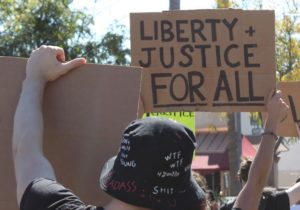 At this time, the protesters were chanting “Black lives matter.” Many vehicles driving by were honking in agreement.
At this time, the protesters were chanting “Black lives matter.” Many vehicles driving by were honking in agreement.